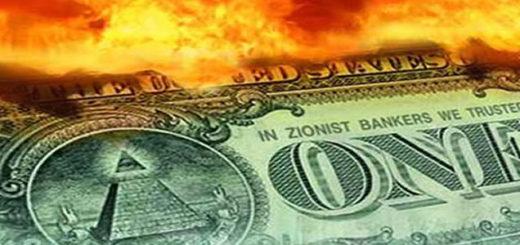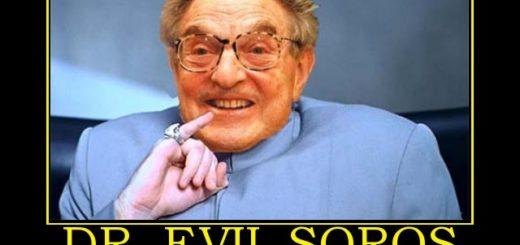Bush creates Homeland Security Department, Nov. 26, 2002

On this day in 2002, President George W. Bush signed into law the Homeland Security Act, creating the Department of Homeland Security. Charged with the task of coordinating and unifying national homeland security efforts, the agency opened its doors on March 1, 2003 as a stand-alone, Cabinet-level department.
The creation of the department marked the most significant government reorganization since the early days of the Cold War. It was the most substantial reorganization of federal agencies since the National Security Act of 1947, which placed the different military departments under a secretary of Defense and created the National Security Council and the CIA.
The department also constitutes a diverse merger of federal functions and responsibilities — incorporating all 22 government agencies into a single departmental organization.















